TO
1 - 25 of 9
| Creator | Title | Description | Subject | Date | ||
|---|---|---|---|---|---|---|
| 1 |
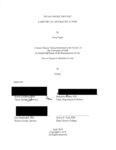 |
Nagie, Doug | "We go where they go" a history of anti-racist action | Anti-Racist Action was a national network of local anti-racist activist groups that mobilized in North America from 1987 until 2013. It grew from conflict in the Minneapolis punk scene, when an anti-racist skinhead crew of friends called the Baldies organized to eject white-power skinheads from thei... | 2019 | |
| 2 |
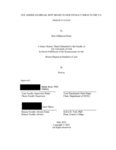 |
Keate, Max (Makayla) | The American dream: how befief in meritocracy impacts the U.S. prison system | The United States continues to unquestionably violate the human rights of incarcerated individuals. Further, the nation does so with a general disregard to whether or not U.S. prison policies effectively prevent crime or in fact exacerbate it. This paper posits that widespread American belief in rad... | 2023 | |
| 3 |
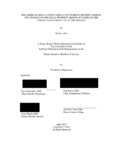 |
Allen, Marina | The American revolution's impact on women's property rights: the changes in the legal property rights of women in the United States from 1765 to the present | This study details the shaping of women's property rights in the United States as it proceeds from the American Revolution. This specific event formed multiple political, social, and legal standards that are both visible and unseen in the postmodern United States. The associated literature for revie... | The American Revolution; women's property rights; paradigm; The United States | 2023 |
| 4 |
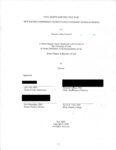 |
Cockrell, Nicholas Allan | Civil Rights and the Cold War: How Racism Undermined United States Leadership on Human Rights | After World War II, the United States found itself in the difficult position of trying to be a human rights leader while also reckoning with its own record on race relations. Trying save its image, the United States entered a propaganda war with the Soviet Union. Throughout the 1950s and 60s, the Un... | 2020 | |
| 5 |
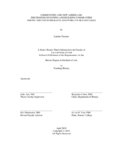 |
Troester, Landon | Communities and New Americans: the Process of Joining and Building Communities Among 1880-1920 Immigrants and World War II Refugees | During the late 19th and early 20th century, the United States faced substantial changes in the nature of European immigration to the country. Unlike previous phases of immigration, many of the European arrivals were from Southern and Eastern Europe, and as a result struggled to identify existing cu... | United States; Displaced Persons; American | 2019 |
| 6 |
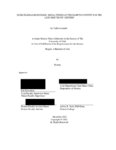 |
Avondet, Callie | Curriculum as resistance: social studies at the Hampton institute in the late nineteenth century | As the Civil War concluded, freed people claimed their freedom to literacy. Schools teaching both basic literacy and offering higher education for Black people were quickly established throughout the South, supported by missionary associations, the Freedmen's Bureau, and Black communities. In 1868 t... | 2022 | |
| 7 |
 |
Mothershead, Alaina | Gay Cuba: Oppression Under the Revolutionary Government | Following the otherwise socially progressive Cuban revolution, government-sponsored homophobia and anti-gay state-sponsored popular culture constructed a narrative to separate homosexuality from revolutionary modernity and instead associate it with U.S. decadence, therefore justifying the persecutio... | 2019 | |
| 8 |
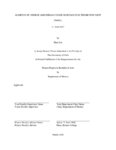 |
Liu, Hans | Glimpses of Chinese and Indian Coolie Resistance in the British West Indies, C. 1834-1917 | Many people are relatively unaware of the hundreds of thousands of indentured workers from China and India, known as coolies, that labored in the British West Indies during and after the end of the trans-Atlantic slave trade between 1834 and 1918. While some scholars have acknowledged the presence o... | 2019 | |
| 9 |
 |
Nakano, Jamie | Tennis players and bowlers: the historical sociology of the CIA | Early CIA case officers recruited during the 1950s were characterized by similar upper-class backgrounds: wealthy families from the Northeast, preparatory school education, a degree from an Ivy League, and previous employment in white collar occupations. Anecdotal evidence reported that the next gen... | 2023 |
1 - 25 of 9
